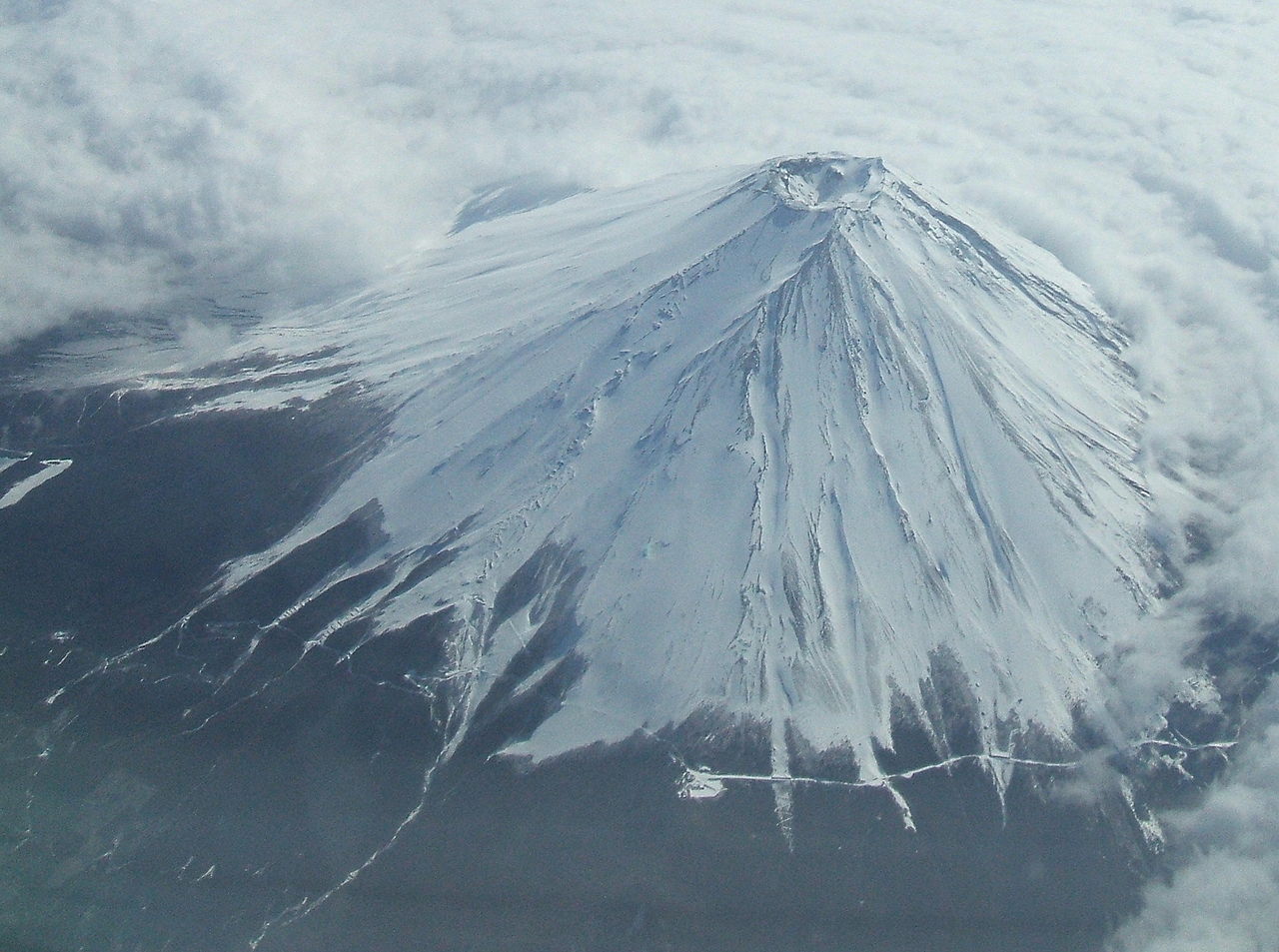Introduction
Flight 911 of the British Overseas Airways Corporation (BOAC) was on a round the world trip and made a stopover in Tokyo on 5 March 1966. Continuing the journey the same day, the plane crashed shortly after take-off as a result of an encounter with severe turbulence near Mount Fuji in Japan. All 113 passengers and 11 crew members died in the accident.
Figure 1: The crashed aircraft G-APFE in 1962; ©Jon Proctor
The plane, a Boeing 707 (figure 1), arrived on the same day at Tokyo airport. It had been rerouted to Fukuoka the day before due to bad weather conditions in Tokyo. Since then, a cold front bringing dry and cold air led to better weather conditions with increased visibility. During their time on the ground, the crew received a weather briefing and a southbound departure to reach airway JG6 to Hong Kong at FL310 (31.000 feet) was confirmed as the flight plan.
At 13:42 the crew contacted the tower requesting permission to start engines, and amending their clearance request to visual meteorological conditions (VMC) to climb westbound via the Fuji-Rebel-Kushimoto waypoints, which would take them nearer to Mount Fuji (figure 2), possibly to give the passengers a better view of the volcano. The plane took off at 13:58 from the airport and continuously climbed up to 4900 meters above ground, well above the 3776 meters mountain peak.
When the plane reached the lee side of Mount Fuji, it encountered severe turbulence. Vertical accelerations were so strong that parts of the plane begun to fall apart. 30 minutes prior to the accident, lenticularis clouds were visible on satellite imagery about 240 km south of the peak, giving an indication of CAT. This cloud type was not visible at the time the accident occurred in the regions near the mountain peak. Witnesses on the ground reported some white clouds forming near the plane shortly before it broke into pieces. This cloud was later on identified as kerosene leaking from the plane's fuel tanks. An 8-mm video film made by a passenger on board Flight 911 and found after the plane crash confirmed the heavy turbulence by which the plane was affected. The black box was destroyed in a fire after the crash and a voice recorder did not exist.
Figure 2: Mount Fuji
A military airplane from the United States Navy trying to locate the crashed plane on the ground was also affected by severe turbulence when passing Mount Fuji. The accelerometer showed values between +9g and -4g. The pilot of the military airplane feared that his A-4 Skyhawk (figure 3) would not be able to withstand the strain.
Figure 3: An A-4 Skyhawk
Analysis of the location of the wreckage allowed accident investigators to determine that the vertical stabilizer attachment to the fuselage failed first. A little bit latter the horizontal stabilizer detached from the airplane, followed by all four engines and the right wing. The probable cause of the plane crash as determined by the final accident analysis was: "The aircraft suddenly encountered abnormally severe turbulence over Gotemba City which imposed a gust load considerably in excess of the plane's design limit."
Note:
In the following chapters, this module will treat different kinds of atmospheric wave phenomena, all in the mesoscale range.


